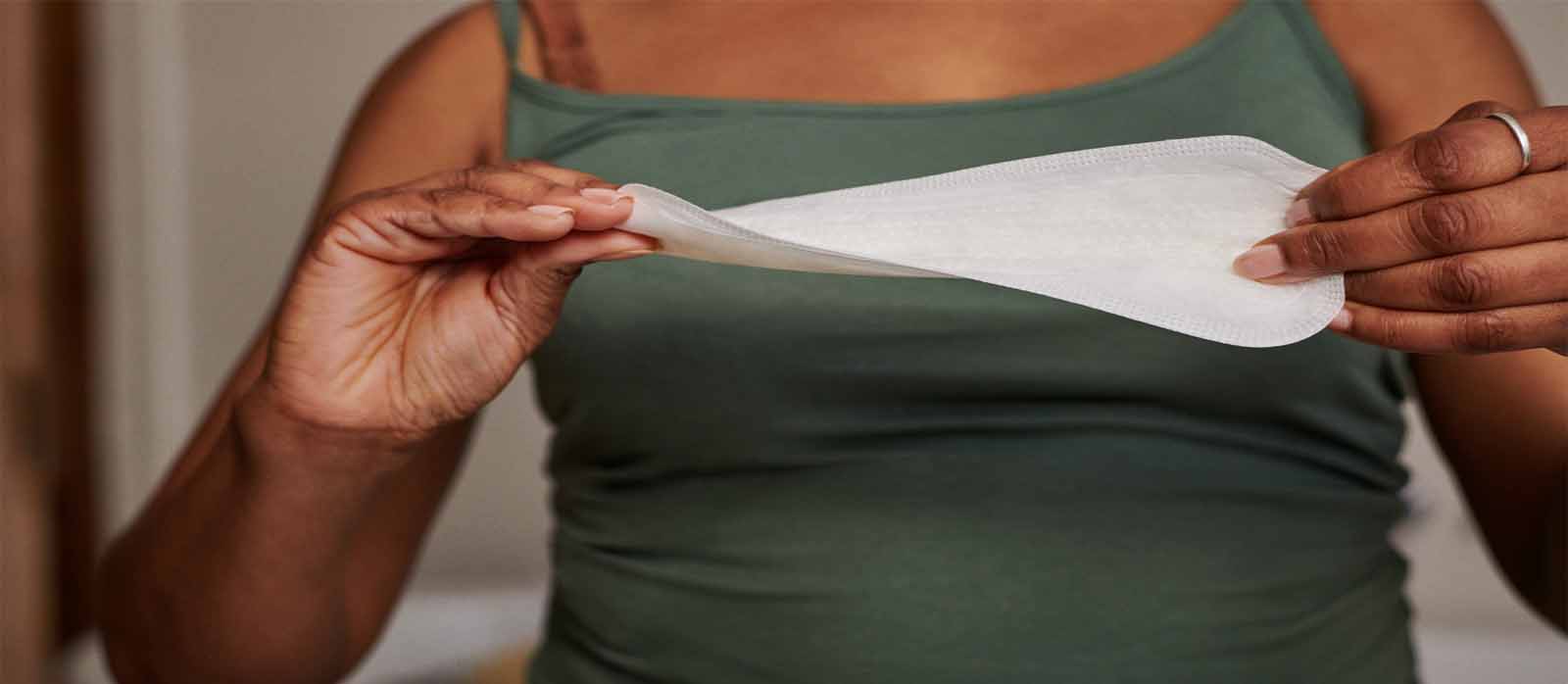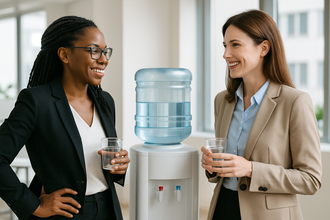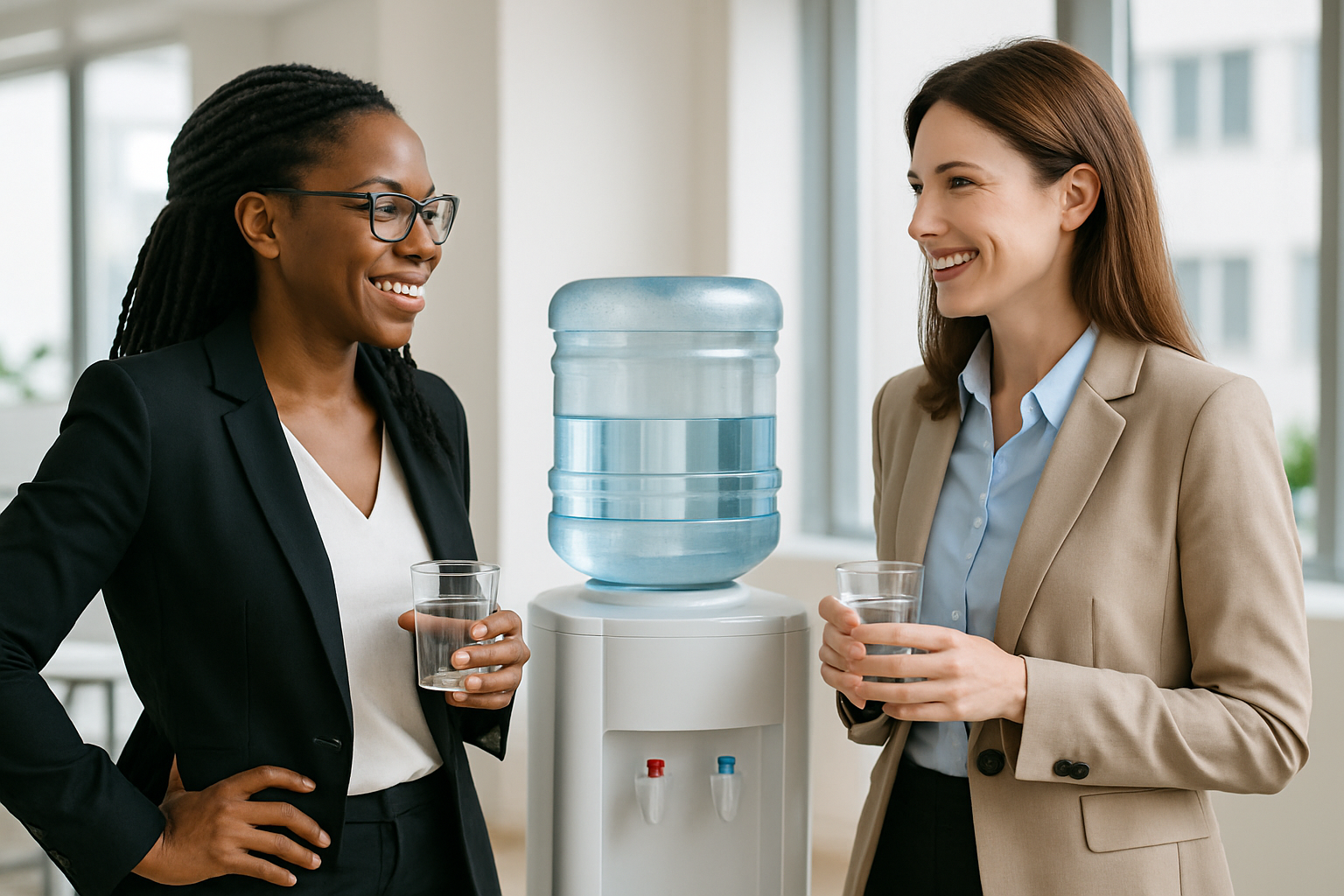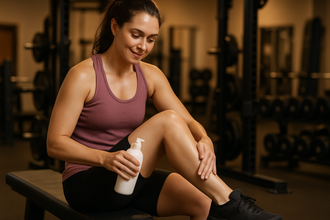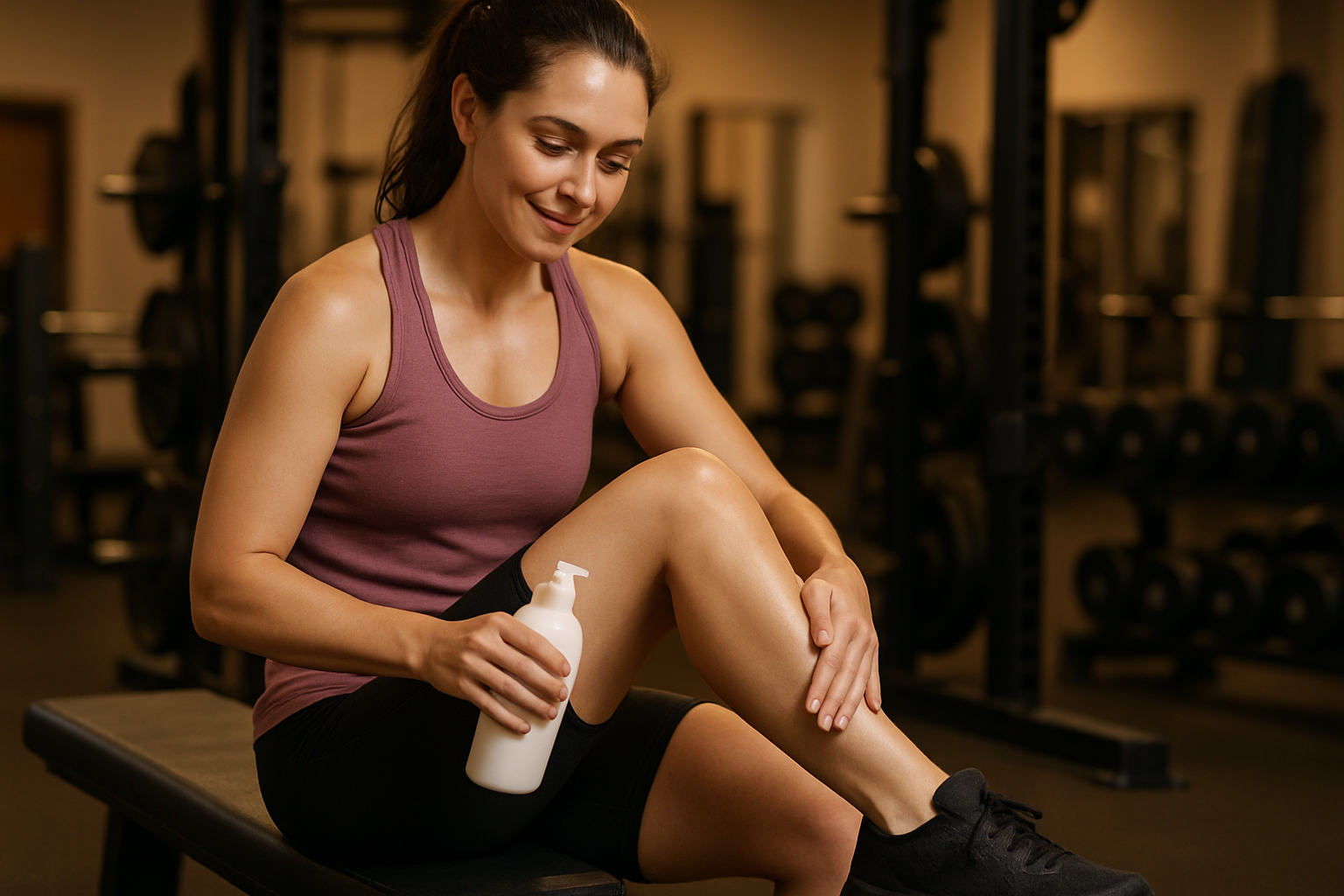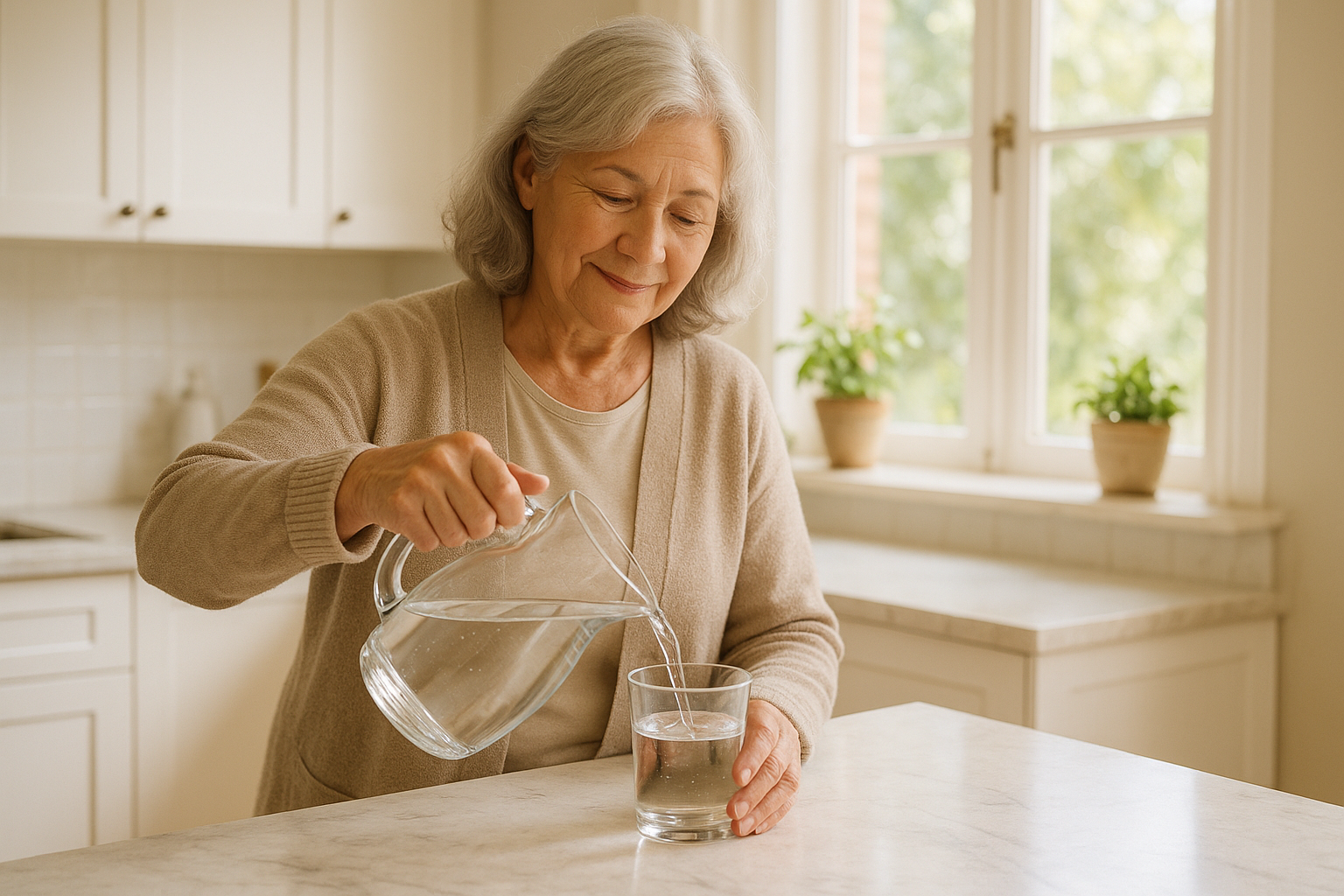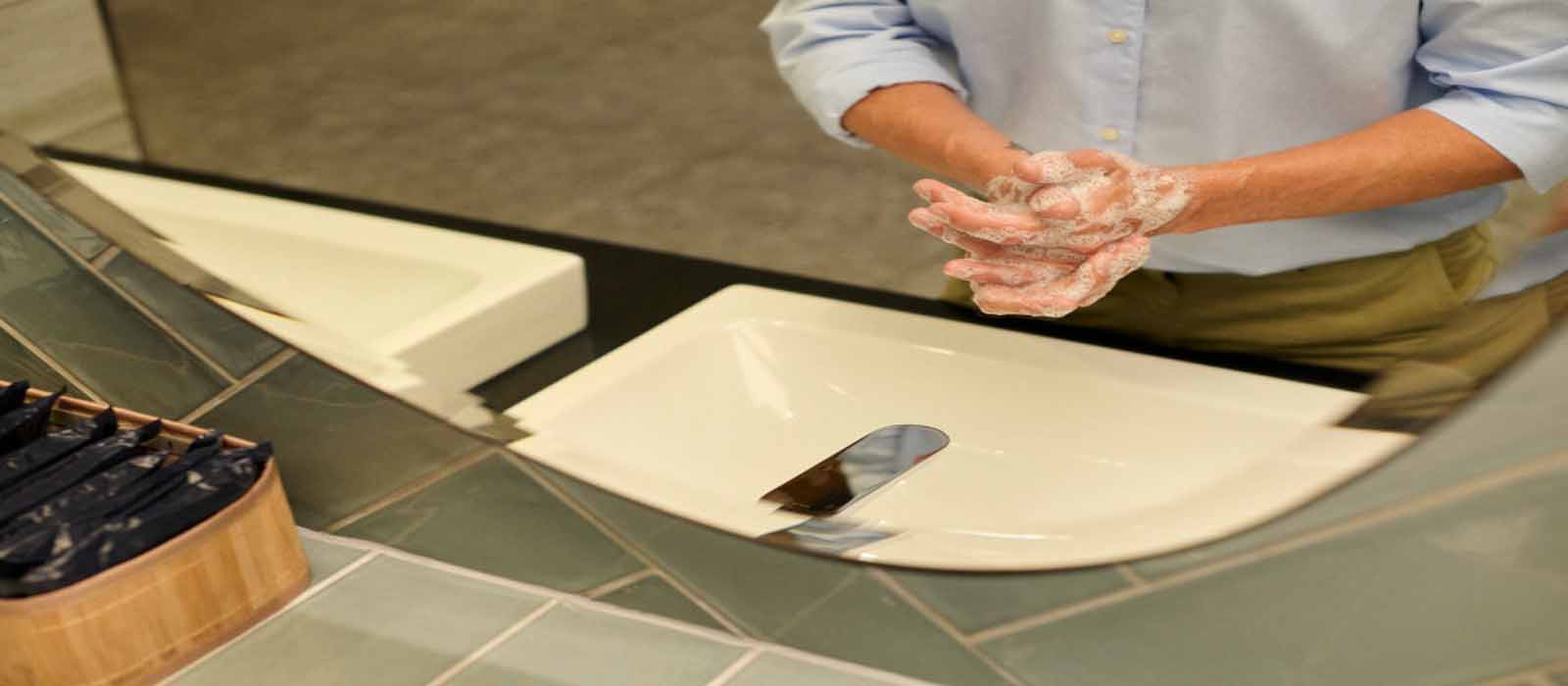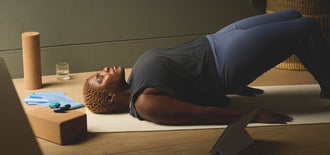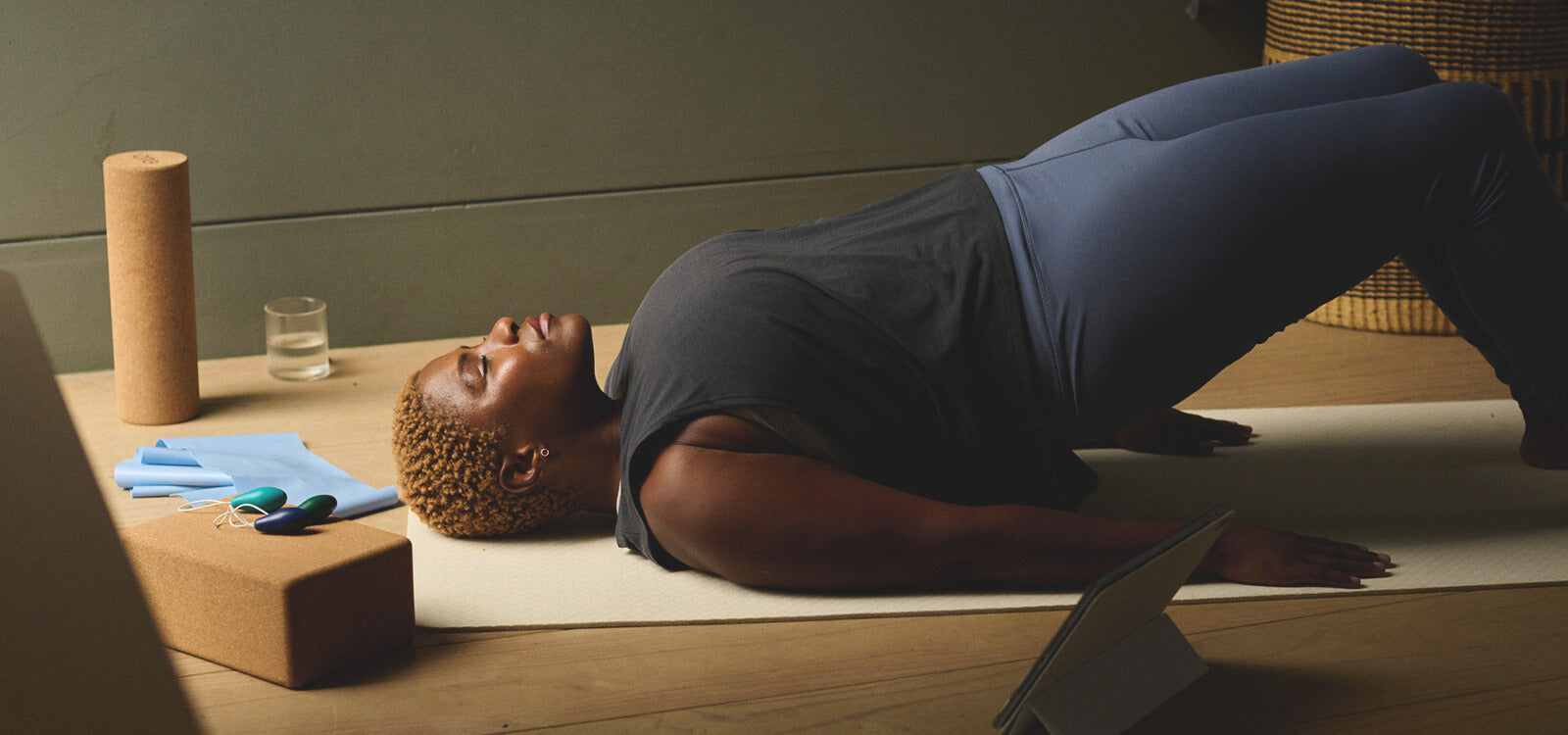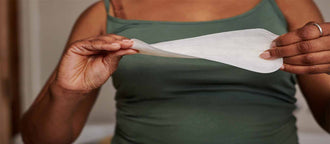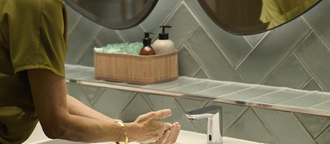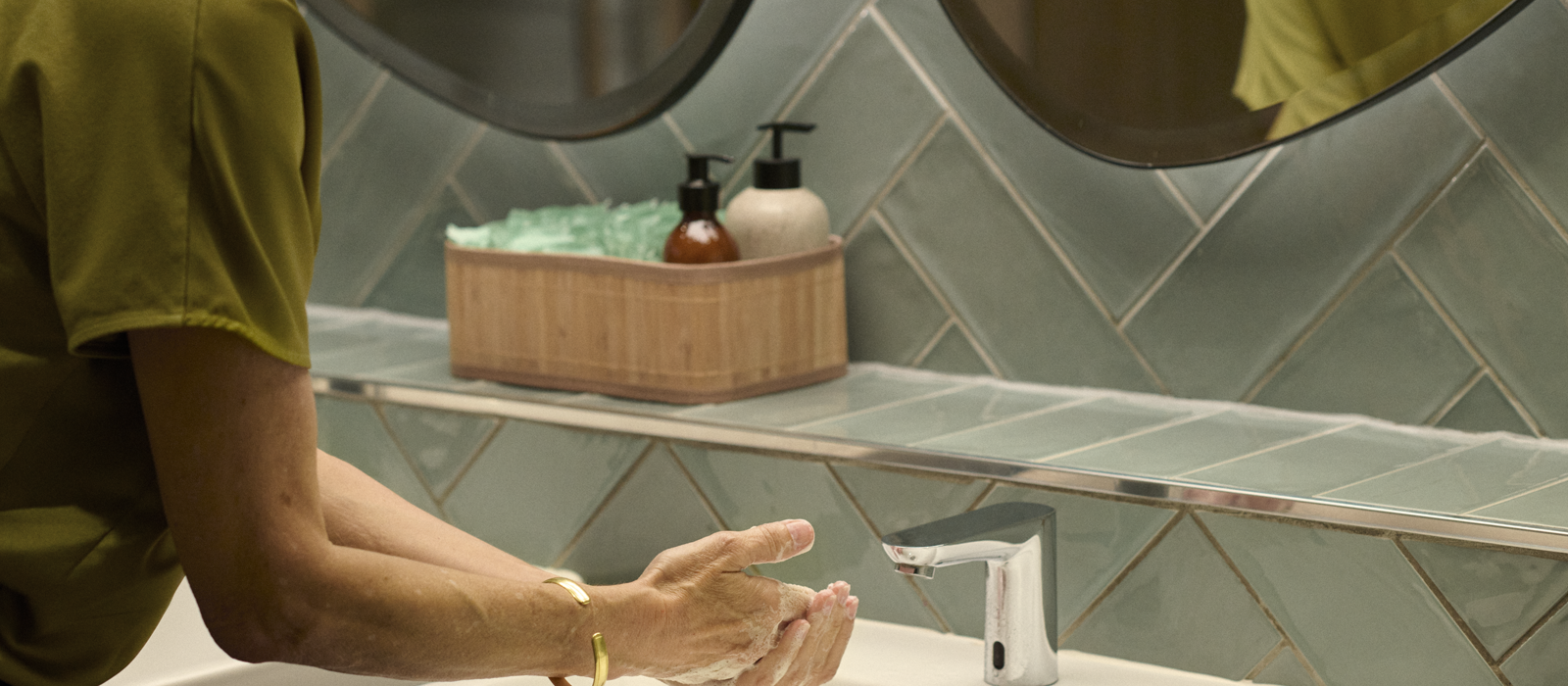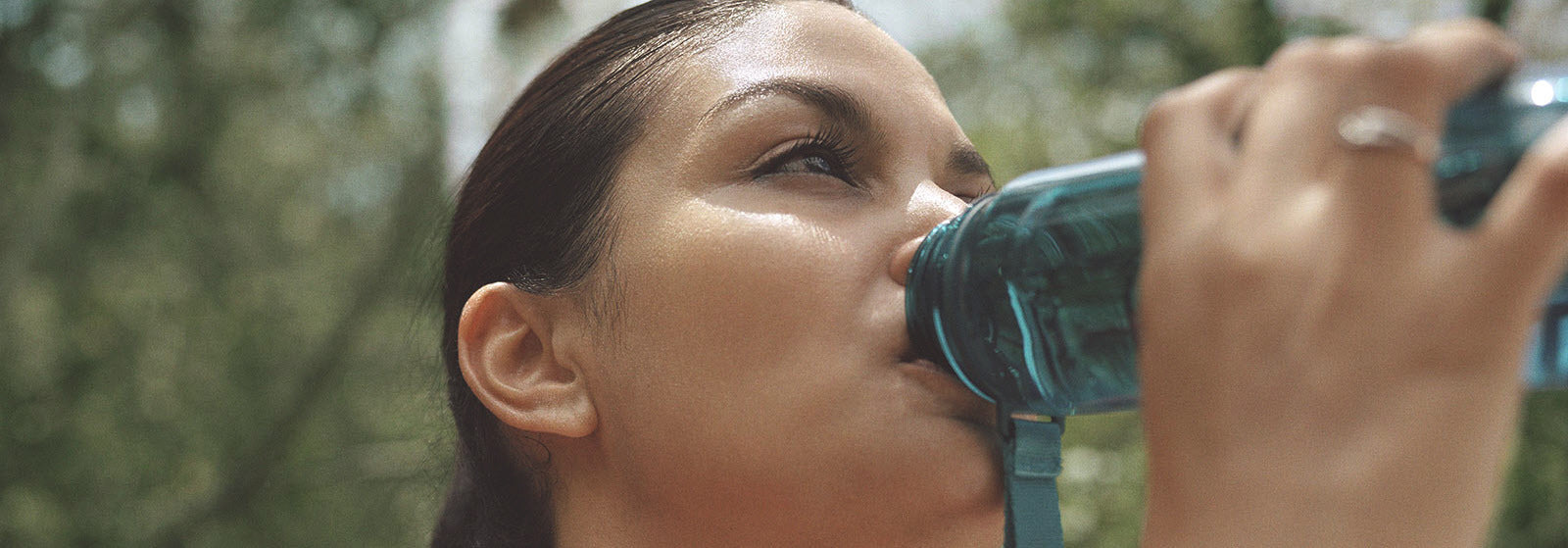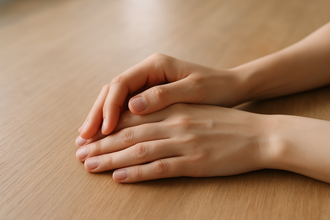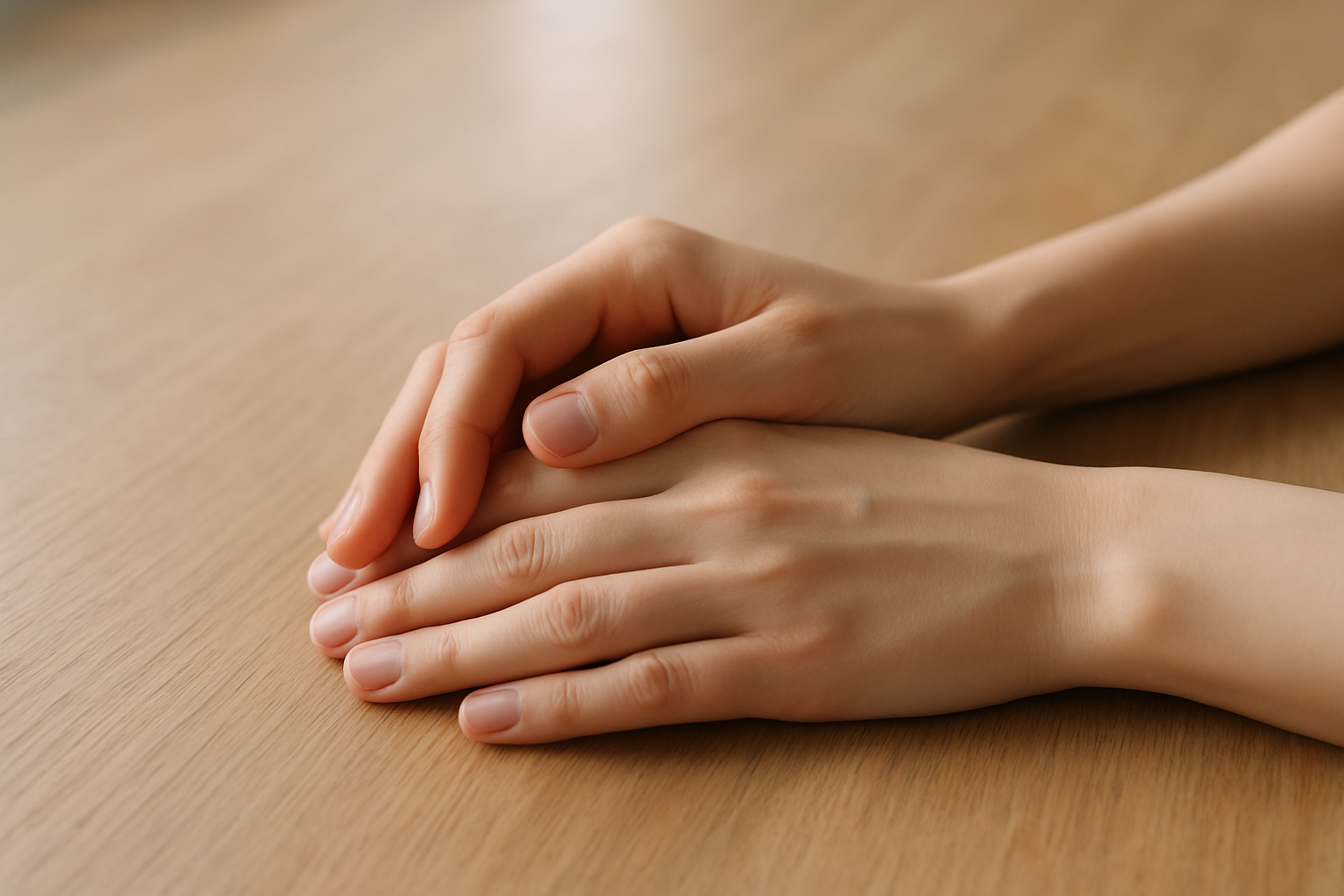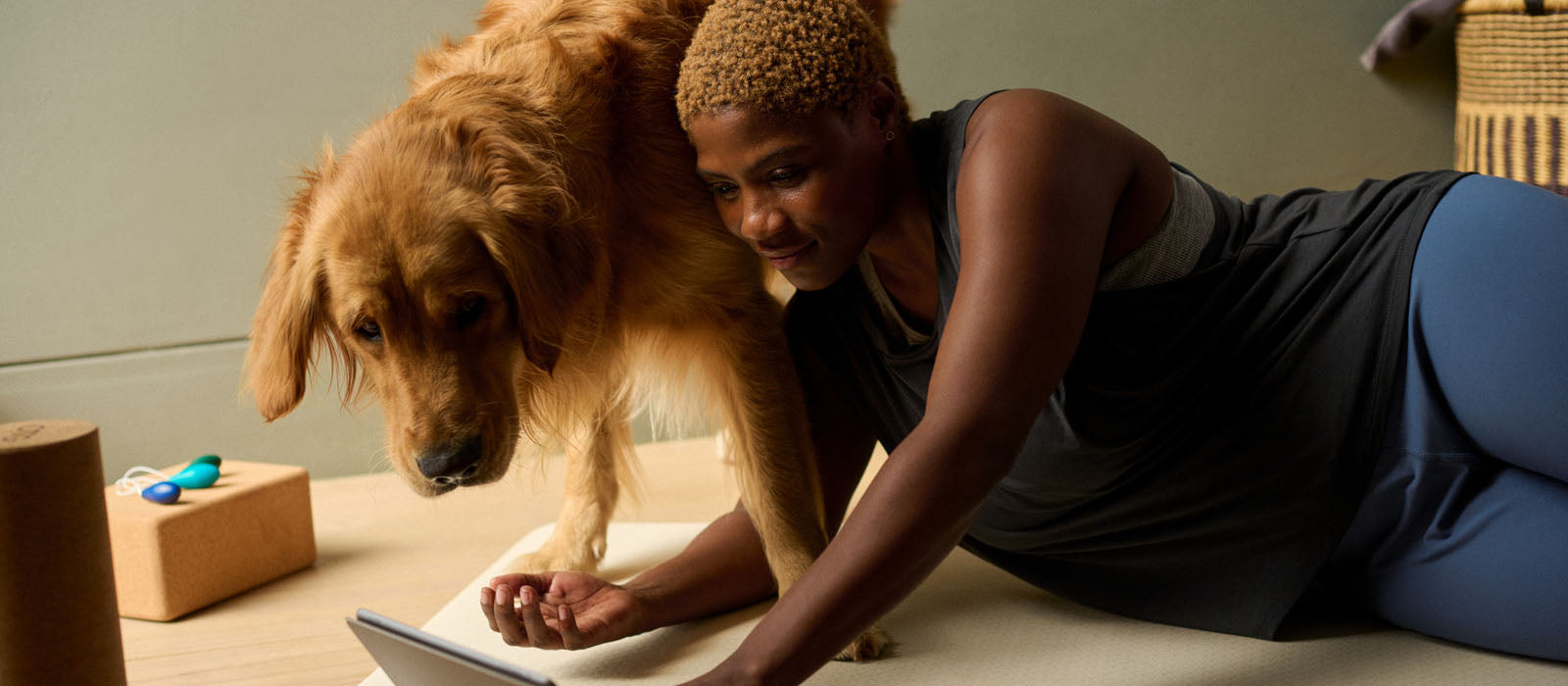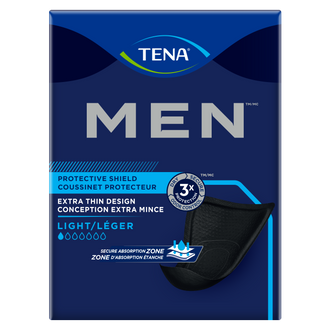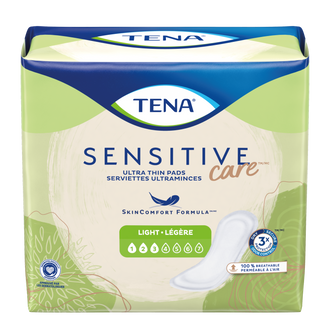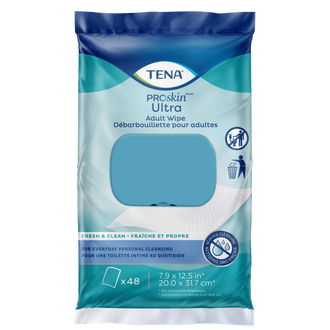May 07, 2025
It's natural to feel a little down when dealing with urinary incontinence, but it doesn't have to stand in the way of living your happiest, fullest life.
In fact, there are products available to help you feel dry, comfortable and confident. We’ll look at how these products are made, and how they work to keep you dry and comfortable, all day (or night) long.
Before we get to the products, let’s recap what urinary incontinence is.
What is Urinary Incontinence?
In short, urinary incontinence is when you pass urine unintentioanlly.1 It can be divided into five main types:2, 3
- Stress incontinence: It happens when your bladder is put under extra, sudden pressure. For example, when you cough or sneeze.1,2 Your bladder could also leak urine when you’re laughing, exercising or doing heavy lifting.1,3
- Urge incontinence: It’s also called urgency continence because you only have a few seconds to make it to the bathroom to pee.1,2,3 It is a sudden and very intense urge, and it could be triggered by small things like:1,2,3
- A change of your position, whether standing or sitting
- The sound of running water
- Intercourse
- Mixed incontinence: This is both stress and urge incontinence combined.2,3 You’ll experience some leakage due to stress like when you cough or sneeze together with the intense urge to pee.1,3
- Overflow incontinence: It’s when your bladder is unable to empty completely when you pee, causing it to swell above its actual size.1,3 Overflow incontinence may also cause a tiny amount of urine to leak now and again.1,3 You could also feel like your bladder is not completely empty and no matter how hard you try you cannot empty it when you pee.1
- Total incontinence: Is the continuous leaking of urine1 and can be divided into two types:
- You may have to go to the bathroom a lot during the day and even at night.1
- You don’t have to go to the bathroom as often but pee more than normal (in volume) with smaller leaks in between.1
The Causes of Urinary Incontinence
Various factors contribute to urinary incontinence and each type, such as stress, urge, or overflow incontinence, has distinct causes.
For example, stress incontinence could be caused due to weak or damaged pelvic floor muscles meaning that the pipe (urethra) that your body uses to guide pee to leave the body can’t stay closed.3,4 When the muscle that forms the layer of the bladder (the detrusor muscle) contracts too often, it creates an urgent need to pee, also known as urge incontinence.3,4
Overflow incontinence is usually caused by an obstruction or blockage in the bladder.4 It can also occur when the bladder wall muscle weakens, preventing the bladder from fully emptying.4
Other factors like drinking too much alcohol or caffeine, not drinking enough fluids and conditions that affect the urethra and bladder, for example a urinary tract infection, can also be contributing factors.4
Want to know more? Read: Understanding Urinary Incontinence in Adults
Types of Incontinence Products
The most commonly used products for incontinence are pads, shields or guards.5
They can be divided into two groups:
- Products suitable for light incontinence
- Products suitable for moderate to heavy incontinence
They are available for men and women, designed to fit your body perfectly. There are a few absorbency levels you can choose from to suit your needs. To help you find your perfect fit, you can take our quiz.
Products for Men
Male shields and guards are designed specifically for men and fit around the male anatomy snugly to ensure maximum absorbency, so you remain confident and dry.5
Male Guards:
Male guards have a contoured design to fit a man’s body and can be comfortably and discreetly worn inside close fitting underwear for moderate leaks. They are fitted from the front for more absorbency and are designed in a triangular cup shape.6
Explore the range of shields and guards to help keep you confident.
Male Shields:
Shields are thin, discreet, and designed for light leakage.7 They fit the male anatomy comfortably and are ultra-thin for added discreetness.
Protective Underwear:
Slim-fitting, comfortable, and designed to slip on like underwear, they’re great for moderate to heavy leakage and can help you stay protected throughout the day.7
Choose from our selection of incontinence underwear to suit your needs.
Finding the right product for you and your level of leakage is key. And we’re here to support you. Find your right fit or learn how to wear male incontinence products and how to change them for a dry and comfortable day.
Products for Women
Women's products are designed to complement the female anatomy, prioritizing comfort, skin health, and a secure fit for dryness and confidence.
Bladder Control Pads:
Absorbent pads are worn inside your underwear to soak up any dribbles. They are great for moderate to heavy leaks and are perfect for daily use.
If you’re experiencing some moderate leakage or more, explore the TENA range.
Light Bladder Leak Liners:
These liners are thin just like your regular panty liners but secure and prevents urine leakage.9 They are perfect for light leakage and everyday comfort, giving you the boost of confidence, knowing there will be no rogue leaks.
Find your liner for light leakage.
Protective Underwear:
Incontinence underwear for women is form fitting and designed to look and feel like regular underwear. They’re a good pick for moderate to heavy leaks.10
Need some extra protection against leaks? Find your underwear fit.
If you’re unsure how often you should change your pad to stay dry, we’ve got all the details here: How Often Should you Change your Pad?
Unisex Products
If you’re someone who needs a little extra coverage that pads, shields and underwear cannot give, there are some unisex products available, giving wearers a range of adjustability and a range of absorbency that is not gender specific.
Adult Diaper Briefs:
Adult briefs are designed for heavy leaks. They are a reliable option for those who need higher absorbency and are still discreet to wear. TENA Incontinence Briefs feature moisture-proof lining, refastenable hook tabs and curved leg elastics for a fit that stays in place, so you can feel comfortable.
Products to Protect Your Bed and Furniture
There are two types of products that help with urinary leakage: those that are worn on the body (everything we’ve discussed so far) and those placed over furniture or other items.11 The latter group helps to prevent accidental leakage onto bedding or furniture.
Underpads:
Absorbent underpads, like the TENA Bed Underpad, are used for some extra protection on beds or furniture and could be used in addition to regular incontinence products.
Products to Protect Your Skin
Intimate skin health should not be ignored when you’re using products for incontinence. Make sure to keep your skin dry by making sure the product type, size and absorption suits your needs.1
Inspect your skin after each change, and make sure to clean thoroughly and moisturize to keep your skin’s barrier healthy.
Skin Cleansing Cream:
A skin cleansing cream could be a great alternative to soap and water and could help to maintain your skin’s natural pH level. Try the TENA ProSkin Cleansing Cream, a no-rinse, 3-in-1 solution that cares for intimate skin.
We’ve put together a hygiene routine to keep you clean, comfy and confident.
What is the Difference Between Reusable or Disposable?
Incontinence products can be divided into two types: disposable and reusable.11
Disposable products: They’re made for single use only, which makes them a hygienic choice, and they’re available at various absorbency levels, from light to heavy. Well-designed disposable underwear can provide great absorbency without adding a lot of bulk. They’re especially useful when you're travelling.11
Reusable products: They’re usually made of cotton or polyester and have an absorbent core with an outer layer to prevent urine leakage.11 11
These products can become costly, especially if you end up with the wrong product.11 Reusable products are usually not recommended for people who have heavy urine leakage.11
Interested in a washable option? Try TENA Men Washable Protective Boxers.
What is my Incontinence Pad Made of?
Incontinence products are made up of a few layers to help keep you dry, your skin healthy and keep you confident:14
- The top sheet: The part of the products that is in contact with your skin. It absorbs any liquid and keeps your skin dry and comfortable.
- The acquisition layer: It takes the liquid away from your skin to the core.
- The core: Made up of a big and small core, it is the innermost part of the product. It is made up of paper pulp, sometimes combined with other materials to trap and store liquid and keep you dry.
- The back sheet: It is a water-resistant outer layer to help keep liquids inside the product and away from your clothes.
Some incontinence products may also have adhesives to help keep them secure in your underwear.
How Much Will an Incontinence Product Hold?
Absorbent products come in different styles, colors, and shapes. Each product has its own level of absorbency.
For light to moderate leaks, you could use liners, pads, shields, or guards that are perfect for the occasional dribble. For moderate to heavy leaks, you could use protective underwear or adult briefs to keep you dry and protected.
It is always best to check the packaging for the specific absorption level, so you know you’re choosing the right product for you. Check your TENA packaging for the droplet indicator to show you the absorbent ability.
Where to Buy Products
Explore TENA’s range of incontinence products for men, women, and caregivers that covers light to heavy leakage, protects the skin and keeps you dry. And remember, if you are unsure what type of product you need, your quiz will help you find your perfect fit.
References
1. NHS. Urinary incontinence: Symptoms. Accessed on: 7 March 2025. Available from: https://www.nhs.uk/conditions/urinary-incontinence/symptoms/
2. Leslie SW, Tran LN, Puckett Y. Urinary Incontinence. Accessed on: 13 March 2025. Available from: https://www.ncbi.nlm.nih.gov/books/NBK559095/?report=printable
3. Khandelwal C, Kistler C. Diagnosis of Urinary Incontinence. Am Fam Physician. 2013;87(8):543-550.
4. NHC. Urinary incontinence: Causes. Accessed on: 18 March 2025. Available from: https://www.nhs.uk/conditions/urinary-incontinence/causes/
5. Cottenden A, Bliss DZ, Fader M, et al. Management Using Continence Products. ICS, International Continence Society. Committee 20. Pg 1519-1642. Accessed on: 20 March 2025. Available from: https://www.ics.org/publications/ici_4/files-book/comite-20.pdf
6. Broom R. Men’s satisfaction with female/unisex and male incontinence pads: a comparative clinical audit. British Journal of Community Nursing 2023;28(10):479-484.
7. Newman DK. Incontinence Products And Devices for the Elderly. Continuing Education. Urologic Nursing 2004;24(4):316-333.
8. NHC. Urinary incontinence: Incontinence products. Accessed on:19 March 2025. Available from: https://www.nhs.uk/conditions/urinary-incontinence/incontinence-products/
9. TENA, Women. Incontinence liners for women. Accessed on: 19 March 2025. Available from: https://www.nhs.uk/conditions/urinary-incontinence/incontinence-products/
10. Tena, Women Incontinence Underwear for Women with Maximum Absorbency. Accessed on: 19 March 2025. Available from: https://www.tena.us/women/products/incontinence-underwear-for-women/tena-proskin-protective-underwear-for-women
11. Davis DJ, Wymand JF. Managing Urinary Incontinence. Practical tips for home-based care. AJN 2020;120(2)55-60.
12. TENA, Care Guidance, Skin Health. Accessed on: 19 March 2025. Available from: https://www.tena.co.za/professionals/care-guidance/best-practice-care-routines/skin-health/
13. Beeckman D, Smet S, Van den Bussche K. Incontinence-associated dermatitis: why do we need a core outcome set for clinical research? Wounds International 2018;9(2):21-25.
14. TENA, Sustainability. Accessed on: 20 March 2025. Available from: https://www.tena.us/women/sustainability
